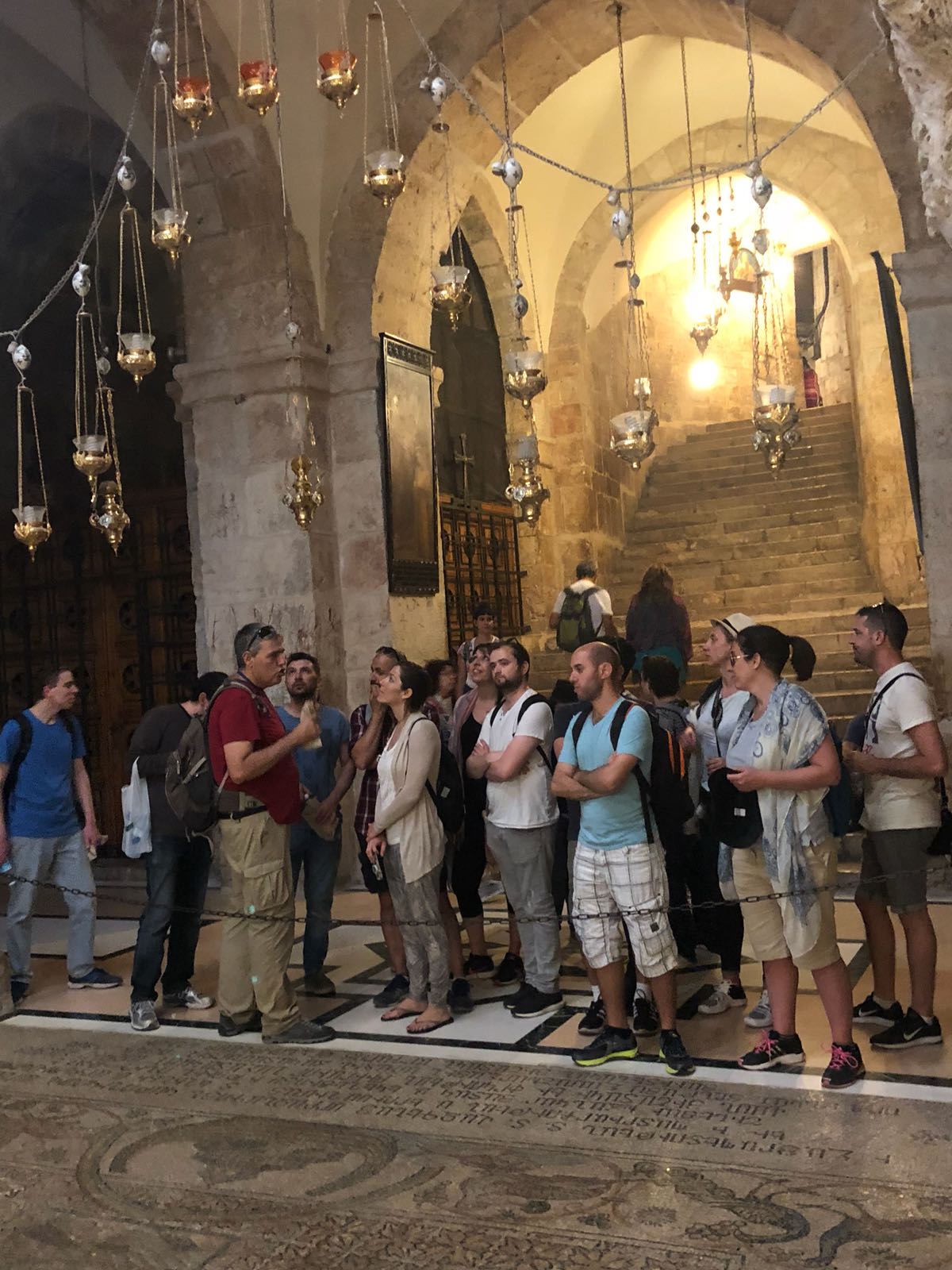The King Who Moved Mountains המלך שהזיז הרים
- Yoav Shiloah

- Jun 16, 2021
- 2 min read

המלך הורודס הגדול התפרסם בזכות דברים רבים, חלקם חיוביים, חלק קצת פחות... הוא נחשב למלך אכזר שלא בחל בשום אמצעי כדי לשמר את שלטונו. פטרונו, הקיסר הרומאי אוגוסטוס אפילו אמר עליו: "עדיף להיות חזירו של הורדוס מאשר בנו". גם במסורת הנוצרית המוניטין שלו הוא לא מי יודע מה...
אבל דבר אחד אי אפשר לקחת ממנו, הבנאדם ידע לבנות, ומכאן גם כינוי "המלך הבנאי". הורדוס הקים בכל רחבי המזרח הקדום מבנים ומונומנטים מרשימים שחלקם עומדים על תילם עד היום, ביניהם: סבסטיה, נמל קיסריה, מערת המכפלה, ארמונות יריחו ועוד.
שני אתרים מרשימים במיוחד שהורדוס חתום עליהם הם הר הבית בירושלים, שם החליט המלך להפוך את הר המוריה שעליו ניצב בית המקדש לרחבה עצומה הנתמכת על ידי קמרונות ענק וכתלים מאסיביים (כן, אחד מהם בצד מערב...) והאתר השני, אתר בסמוך לבית לחם, על ספר המדבר, שבו ידע הורדוס ימים קשים בתחילת דרכו - הרודיון.
תחילה הקים הורדוס על ראש גבעה נישאה ארמון מרשים, כנראה בהשראת מאוזוליאום אוגוסטוס ברומא, למרגלותיו הקים עיר קטנה עם הפינוקים הדרושים לבני מלוכה. בהמשך כנראה החליט הורדוס להפוך את המקום למצבה ענקית לציון קברו, והגביהה את ההר ויצר למעשה הר מלאכותי מרשים הנשקף מכל הסביבה.
מה בדיוק היו תכניותיו של הורדוס, האם הוא באמת נקבר במקום, ואם כן, איפה בדיוק? האמת שהמקום מעלה יותר שאלות מאשר מספק תשובות, וככל שמתקדם המחקר במקום, צצות חידות נוספות, אבל בסופו של דבר, מדובר באתר מרתק ומרשים עם נופים מרהיבים ואפילו ביום חם בחודש יוני הרוח הייתה נעימה ומרעננת.
The great King Herod became famous for many things, some positive, some a little less ... He was considered a cruel king who used any means to preserve his rule. His patron, the Roman emperor Augustus even said of him: "It is better to be Herod's pig than his son." Also in the Christian tradition his reputation is not very positive...
But one thing cannot be taken from him, the man knew how to build, hence the nickname "the builder king". Herod erected impressive buildings and monuments throughout the ancient Near East, some of which still stand today, including: Sebastia, the Port of Caesarea, the Cave of the Patriarchs, the palaces of Jericho and more.
Two particularly impressive sites that Herod built are the Temple Mount in Jerusalem, where the king decided to turn Mount Moriah on which the Temple stood into a huge plaza supported by huge arches and massive walls (yes, one of them on the west side, hence the Western Wall...) and the other site, near Bethlehem , on the edge of the desert where Herod once knew hard times - Herodium.
Herod first erected on a hilltop an impressive palace, probably inspired by the Mausoleum of Augustus in Rome, at the foot of which he established a small town with the necessary indulgences for royalty. Later Herod probably decided to turn the place into a huge monument to mark his tomb, and raised the mountain, creating an impressive artificial mountain that can be seen from all around.
What exactly were Herod's plans, was he really buried at the site, and if so, where exactly? The truth is that the place raises more questions than provides answers, and as the research progresses in the place, more puzzles emerge, but in the end, it is a fascinating and impressive site with spectacular views and even on a hot day in June the wind was pleasant and refreshing.













































Comments